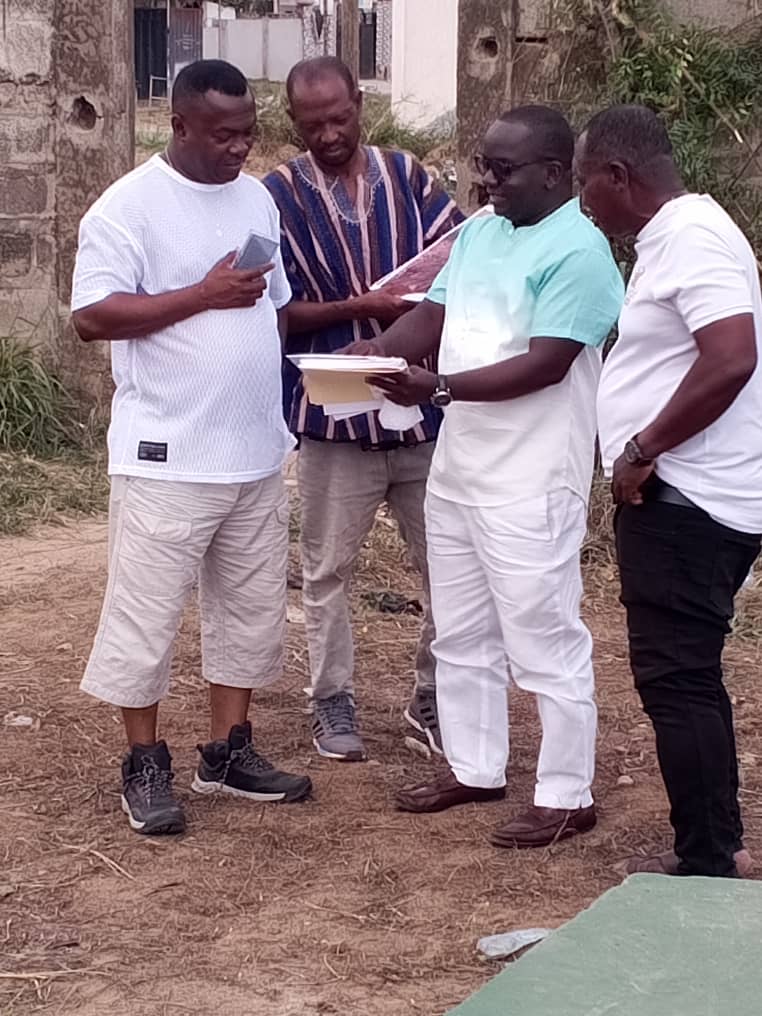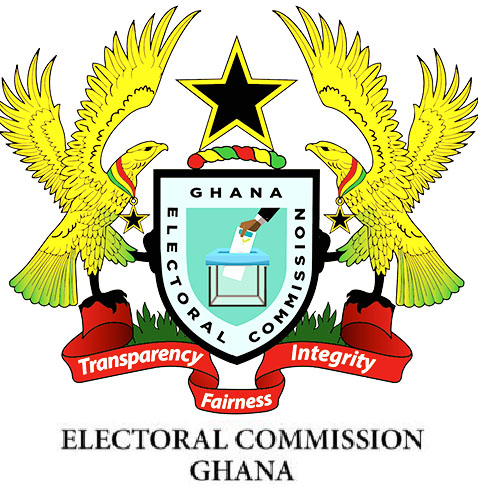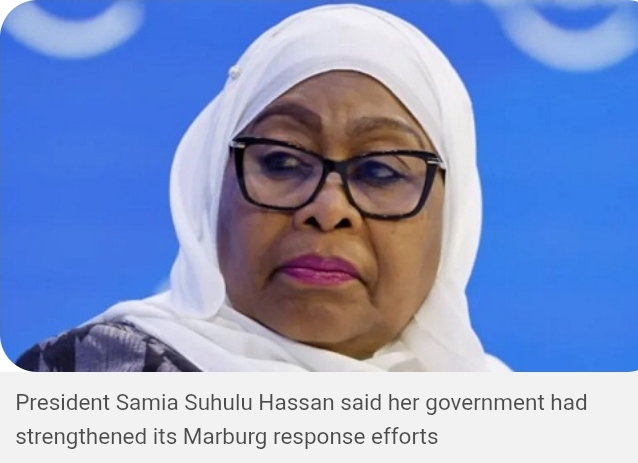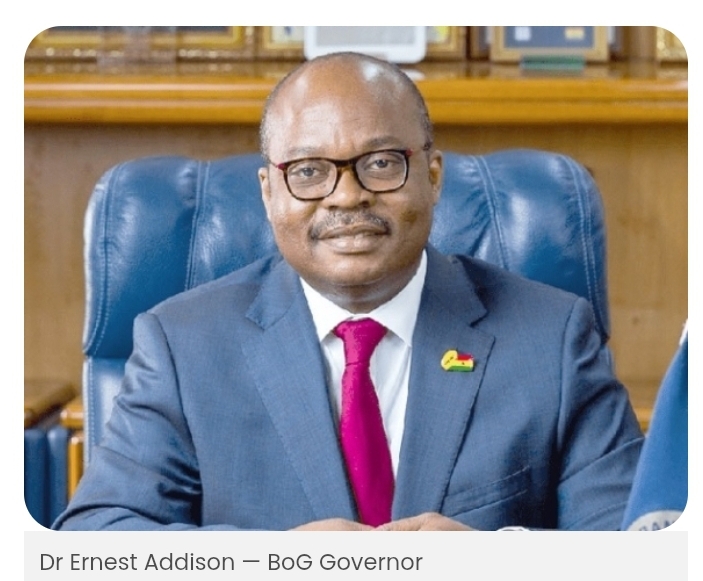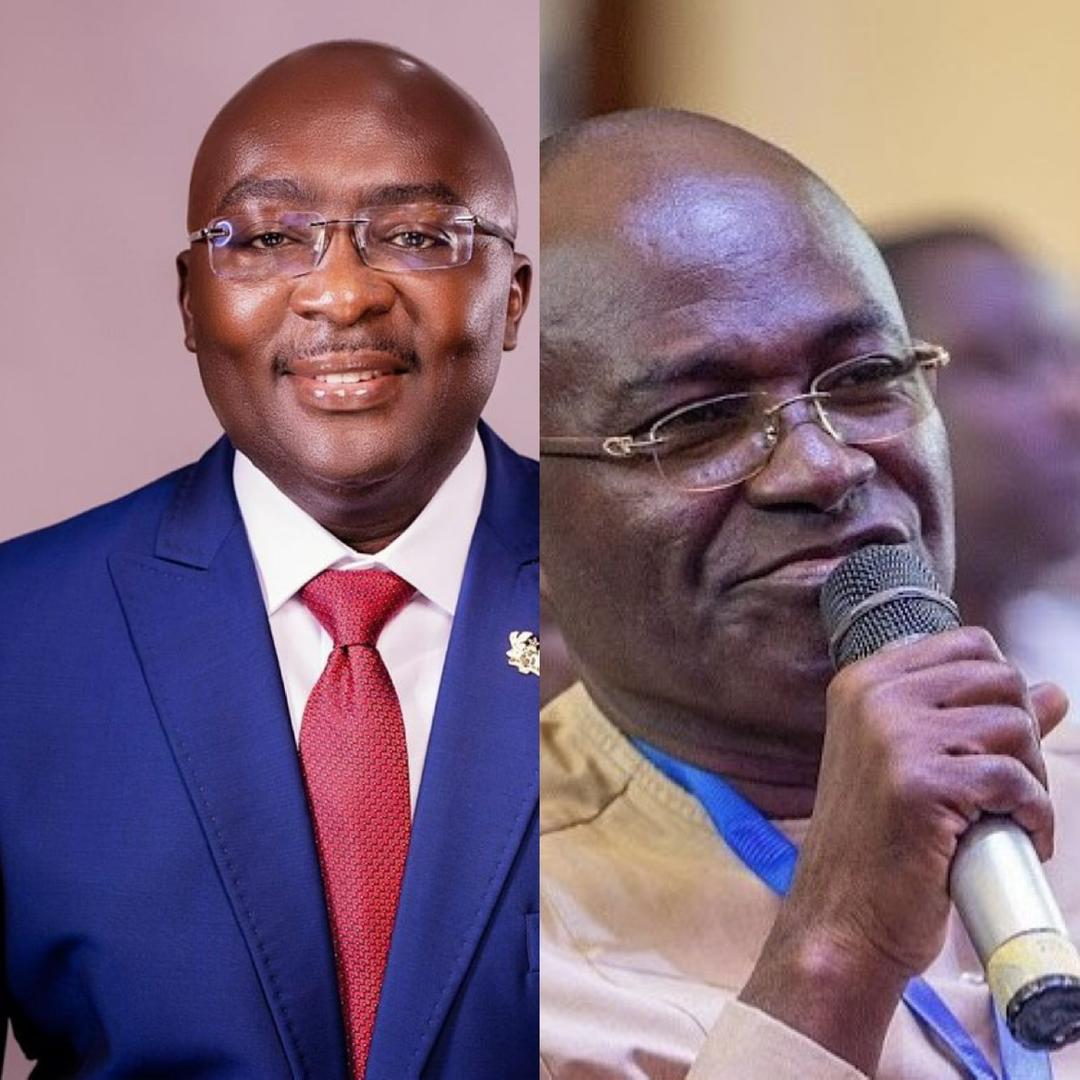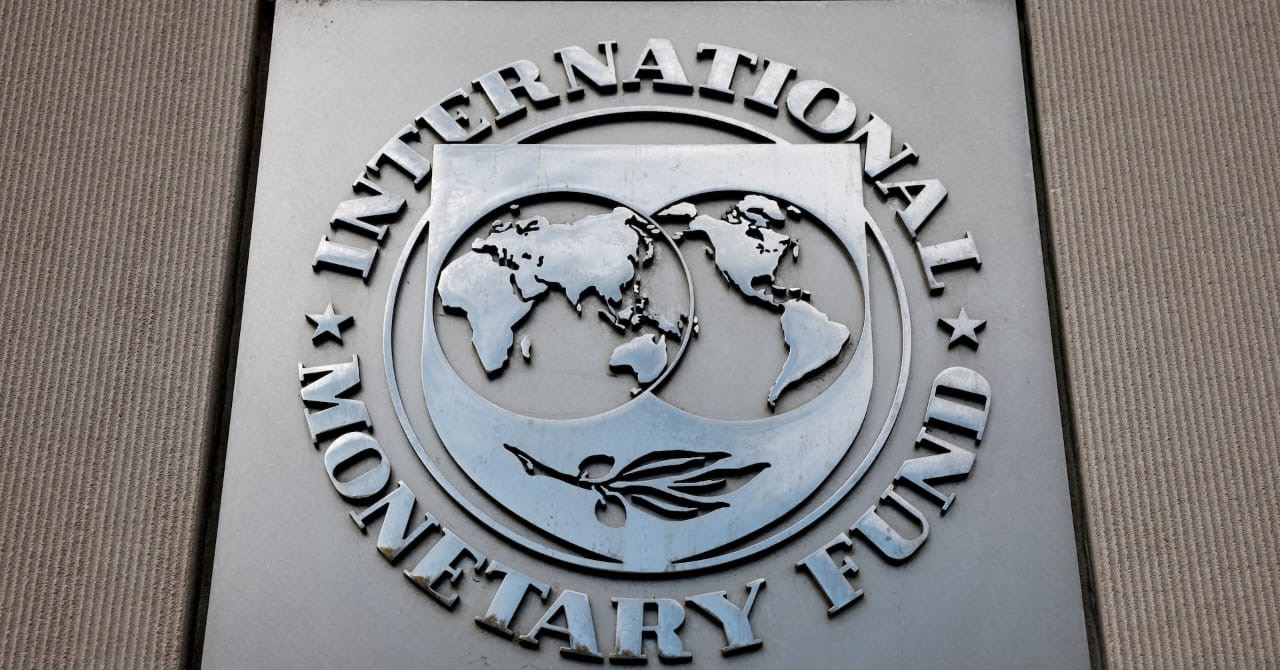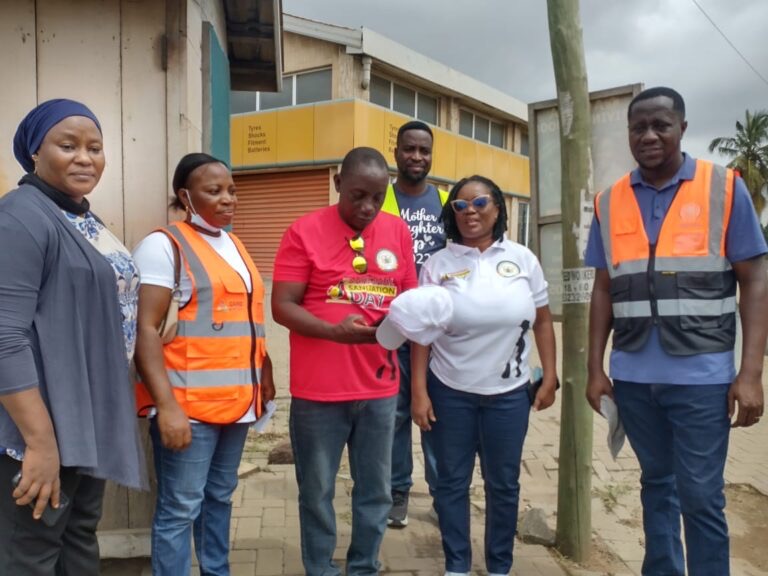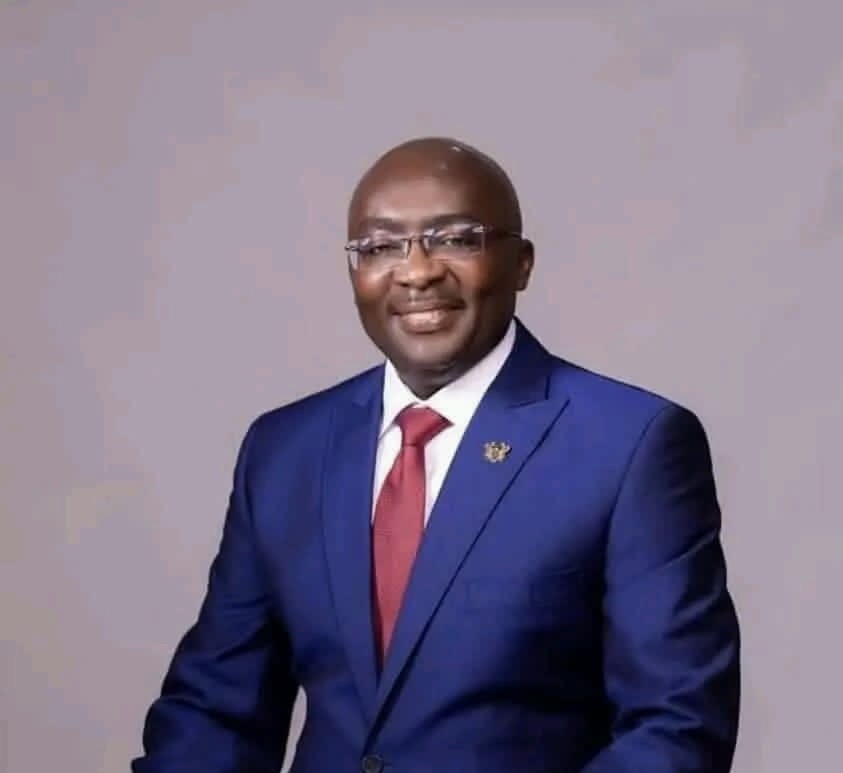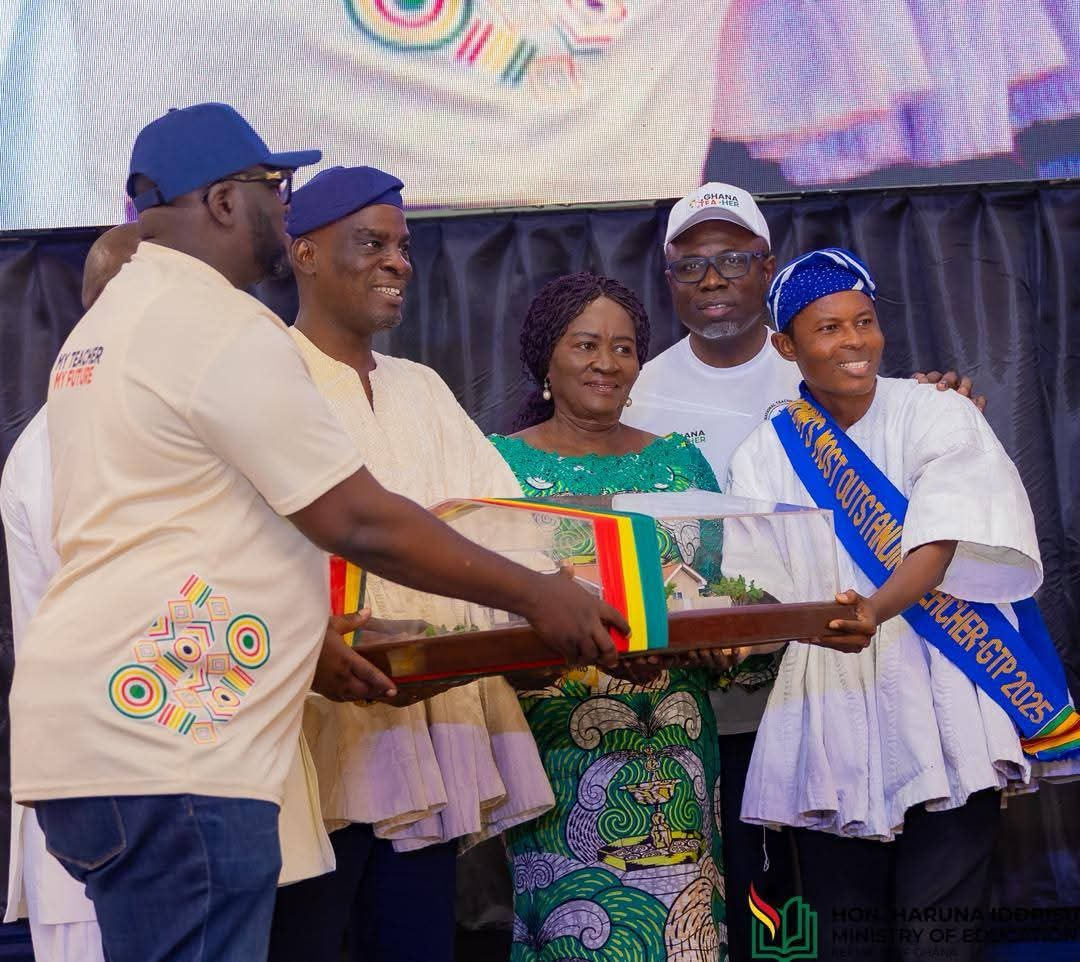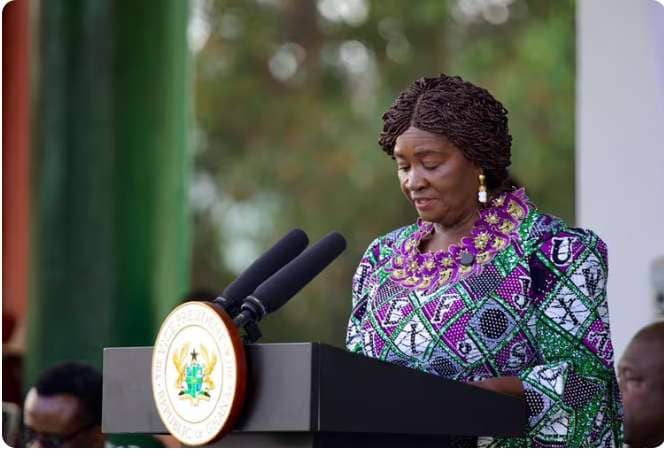A storm of controversy has erupted within Ghana’s sporting community as heads of several national sports federations have called for an urgent investigation into the alleged misappropriation of $100,000 in funds allocated by Olympic Africa (ANOCA) for the development of sports facilities at the Amasaman Olympic Stadium. The accusations, leveled during a recent inspection of the site, have cast a shadow over the Ghana Olympic Committee (GOC) and raised serious questions about transparency, accountability, and the stewardship of international donor funds intended to elevate Ghanaian sports.
The unrest came to a head last Saturday when federation leaders, representing disciplines ranging from badminton to table tennis, visited the Amasaman Stadium for a firsthand look at the facilities purportedly constructed with the ANOCA grant. What they encountered left them dismayed: a poorly constructed, rapidly deteriorating basketball court, a tennis court fitted with volleyball poles, and two goalposts of questionable design and fabrication. These, they were told, accounted for the bulk of the $100,000 disbursed to the GOC in November 2022—an explanation that drew sharp criticism and skepticism from the group.
“A Rip-Off” – Federation Leaders Speak Out
Mr. Evans Yeboah, Vice Chairman of the Ghana Badminton Federation, did not mince words in his assessment. Speaking exclusively to the Daily Graphic, he described the state of the facilities as “sad” and “unacceptable.” “If this is what $100,000 was used for, then it’s a rip-off,” he said. “Look at the deteriorated nature of the basketball and so-called tennis courts, constructed just two years ago. This is really sad.” Yeboah joined a chorus of voices urging the GOC Congress to launch a full-scale probe into the matter.
Echoing Yeboah’s sentiments, Mr. Mawuko Afadzinu, First Vice President of the GOC and President of the Ghana Table Tennis Association, expressed disbelief at the reported costs. “We are being told these two courts cost $49,000, but that cannot be possible,” Afadzinu told Graphic Sports. “From a cursory look, the facilities are not in great shape and are already falling apart. The cost attributed to these courts is simply untenable when you consider standard prices in Ghana.” He called for a comprehensive investigation, including a value-for-money audit, to determine the true expenditure and hold those responsible to account.
The Secretary General of the Ghana Cycling Federation, Mr. Shaaban Mohammed, took the critique a step further, implicating the broader financial management of the project. “The total cost approved by Olympafrica for the sports hall and tennis courts was $160,799.47, of which $100,000 was transferred to the GOC in November 2022,” he explained. “Now we must ask: how was the remaining $50,000 used to procure two goalposts at such exorbitant prices, with the rest supposedly going to an architectural firm for designing a sports hall?” Mohammed urged the media to dig deeper, insisting that Ghanaians deserve to know the truth about their Olympic body’s operations.
The Olympafrica Project Committee Under Scrutiny
At the heart of the controversy is the Olympafrica Project Committee, established in 2022 to oversee the Amasaman Stadium development. Chaired by Mr. Isaac Duah, President of the Ghana Tennis Federation, the committee includes prominent figures such as Emmanuel Owusu-Ansah, Abdul Hayye Yartey, Michael Ntoy Ayehkie, Odi Ahenkan Kwame Yeboah, and Edem Avafianyo. Tasked with ensuring the prudent use of funds from ANOCA and other solidarity donors, including the International Olympic Committee (IOC), the committee was expected to deliver state-of-the-art facilities that would serve as a cornerstone for Ghanaian sports.
Yet, with federation heads now openly questioning the quality and cost of the work done, the committee’s efficacy has come under intense scrutiny. Critics argue that the group has failed in its mandate, pointing to the substandard facilities as evidence of mismanagement or worse. “This committee was supposed to supervise the proper disbursement of funds and the construction of top-tier facilities,” said one federation representative, speaking on condition of anonymity. “What we see here suggests either incompetence or something more sinister.”
A Broader Disappointment
The discontent extends beyond the committee to the broader trajectory of the Amasaman Stadium project. Representatives from federations including table tennis, chess, fencing, athletics, rugby, and triathlon, who were also present at the inspection, expressed shock at the lack of progress since the land was secured under the leadership of former GOC President B.T. Baba. They drew unfavorable comparisons with countries like Zambia, Benin, Cameroon, and Morocco, which have successfully utilized ANOCA grants to build robust sports infrastructure. “Why is it that Ghana, with all its potential, continues to lag behind?” one official lamented.
Olympic Africa’s Role
Olympic Africa, officially the Association of National Olympic Committees of Africa (ANOCA), is the continental body tasked with advancing the Olympic Movement across Africa. Founded in 1981 and based in Abuja, Nigeria, ANOCA works to develop sports infrastructure, support National Olympic Committees, and foster solidarity among its members. The $100,000 grant to the GOC was part of this mission—a gesture of faith in Ghana’s ability to nurture its athletic talent. That faith, however, now appears to be in jeopardy as allegations of mismanagement threaten to tarnish both the GOC and ANOCA’s reputations.
What’s Next?
As calls for a probe grow louder, the GOC finds itself at a crossroads. The federation heads have made it clear that they will not let the matter rest, with many demanding not only an investigation but also accountability for those found culpable. The public, too, is watching closely, eager for answers about how funds meant to uplift Ghanaian sports could seemingly vanish into thin air—or, at best, into shoddily built courts and overpriced goalposts.
For now, the Amasaman Stadium stands as a symbol not of progress, but of potential squandered. Whether the GOC Congress heeds the call for a thorough investigation remains to be seen. One thing, however, is certain: the pressure is mounting, and the nation’s sports community is no longer willing to stay silent.

